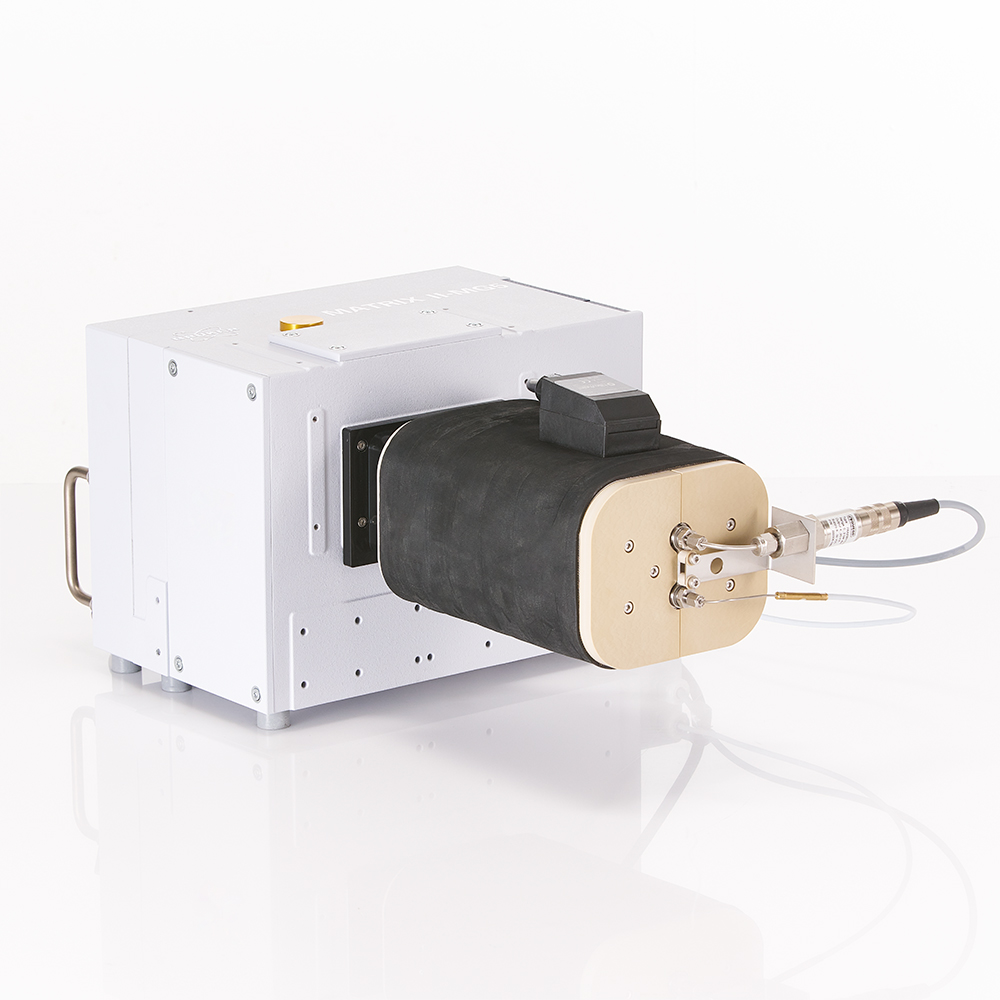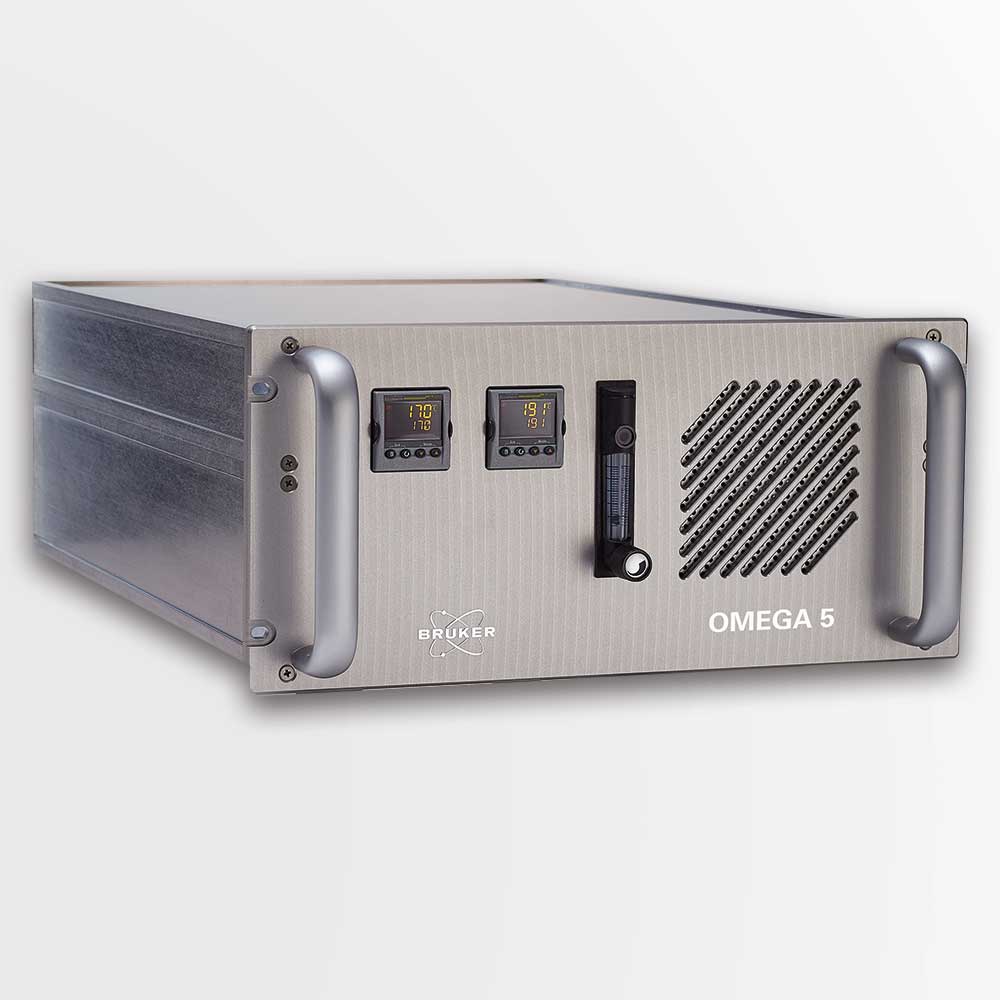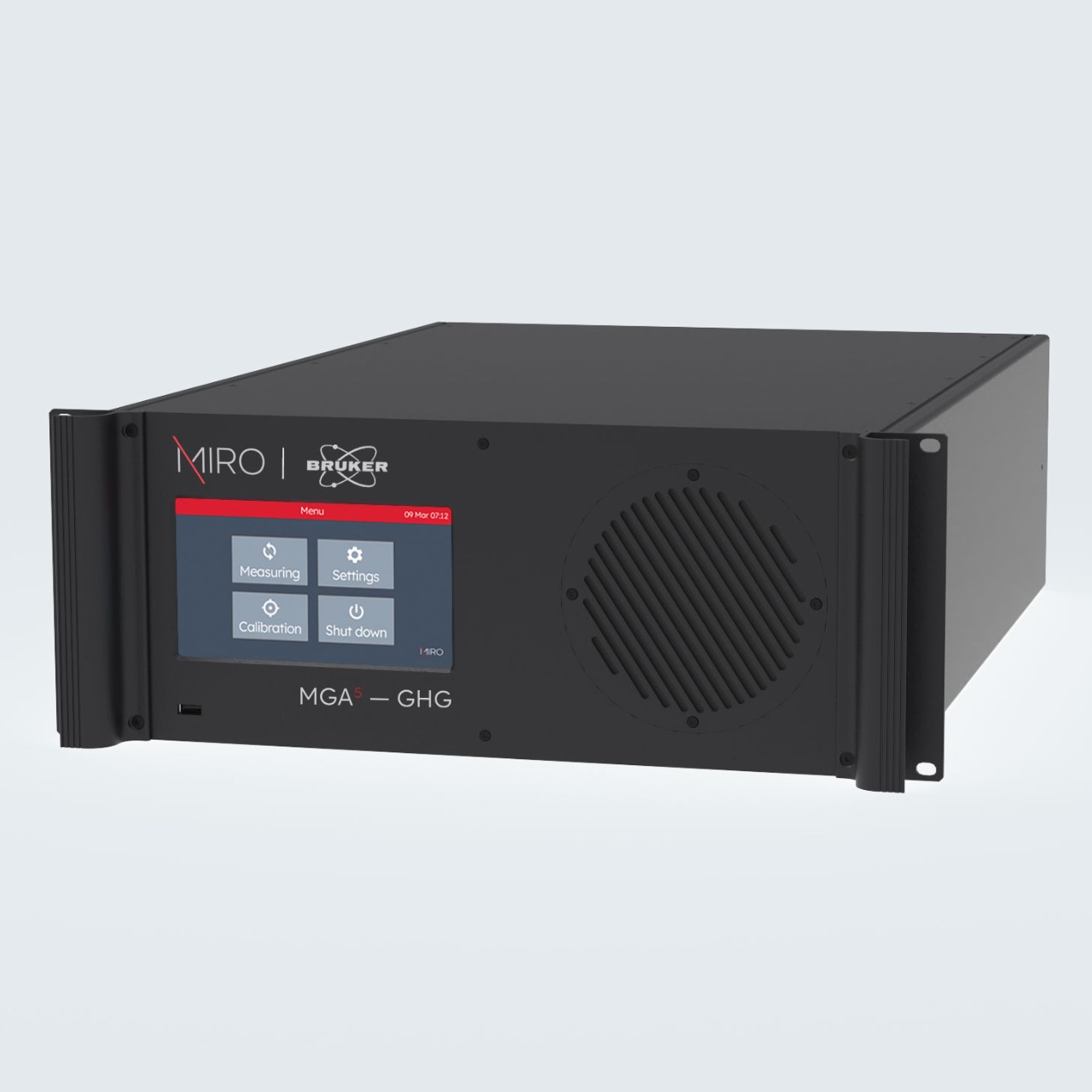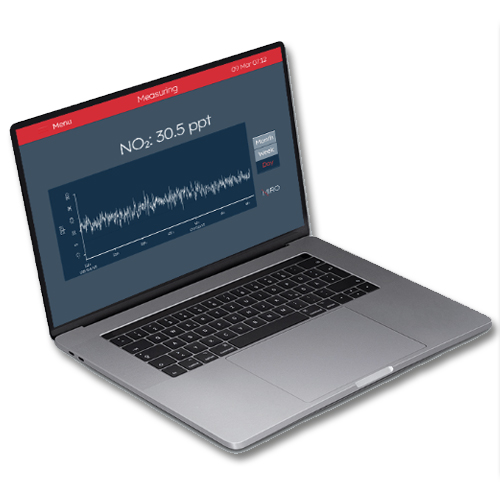Análise de Gás
Analysis of Industrial Gases and Process Control
The gas analyzers are suited for industrial applications due to the easy-to-use software OPUS GA and operational simplicity. Continuous data acquisition is enabled through detector types that do not require liquid nitrogen. Retrieved analysis results can be transferred and it is possible to control the gas analysis software OPUS GA via various interfaces.
Emission Monitoring and Quantification of Greenhouse Gases
The spectral resolution of 1.0 cm-1 (OMEGA 5) or 0.5 cm-1 (MATRIX-MG) makes unambiguous identification of gas species even in complex gas mixtures possible, for instance when monitoring exhaust gas emissions (e.g., analysis of NOx in H2O) or when investigating gas mixtures with highly potent greenhouse gases such as SF6.
Scientific Research
The gas analyzers are perfectly suited for the analysis of varying gas compositions, i.e., in scientific research or for the investigation of catalytic reactions, since no calibration measurements are required to define quantification methods. If an additional compound needs to be analyzed, the corresponding quantification method is added by a few clicks in OPUS GA.
Trace Gas Analysis and Purity Control
Reference spectra of excellent quality, high wavenumber accuracy, outstanding sensitivity, gas cells with high optical throughput, and efficient consideration of spectral interference, allow the analysis of trace gases and purity control even of IR-active matrix gases.
Analysis of Battery Gases
The analysis of battery gases is achieved through high-quality reference spectra, the flexible gas analysis software OPUS GA and the spectral resolution of 1.0 cm-1 or 0.5 cm-1.
Our Gas Analyzers in Scientific Research (selected publications)
Plasma-generated nitric oxide water: A promising strategy to combat bacterial dormancy (VBNC state) in environmental contaminant Micrococcus luteus, Journal of Hazardous Materials, 2023
Enhancement and limits of the selective oxidation of methane to formaldehyde over V-SBA-15: Influence of water cofeed and product decomposition, Catalysis Communications, 2021
Catalytic decomposition of NO2 over a copper-decorated metal–organic framework by non-thermal plasma, Cell Reports Physical Science, 2021
Comparing Different Thermal Runaway Triggers for Two Automotive Lithium-Ion Battery Cell Types, Journal of the Electrochemical Society, 2020
Cu-Al Spinel as a Highly Active and Stable Catalyst fort he Reverse Water Gas Shift Reaction, ACS Catalysis, 2019
Combination of Chemo- and Biocatalysis: Conversion of Biomethane to Methanol and Formic Acid, Applied Sciences, 2019
Nitric-oxide enriched plasma-activated water inactivates 229E coronavirus and alters antiviral response genes in human lung host cells, Bioactive Materials, 2023
Transient Redox Behavior of a NH3-SCR Cu-CHA SCR Catalyst: Effect of O2 Feed Content Variation, Topics in Catalysis, 2022
The deactivation of an NH3-SCR Cu-SAPO catalyst upon exposure to non-oxidizing conditions. Applied Catalysis A: General, 2019
Effect of the NH4NO3 Addition on the Low-T NH3-SCR Performances of Individual and Combined Fe- and Cu-Zeolite Catalysts, Emission Control Science and Technology, 2019
Selective synthesis of dimethyl ether on eco-friendly K10 montmorillonite clay
Applied Catalysis A: General, 2018
The Effect of CH4 on NH3-SCR Over Metal-Promoted Zeolite Catalysts for Lean-Burn Natural Gas Vehicles, Topics in Catalysis, 2018




